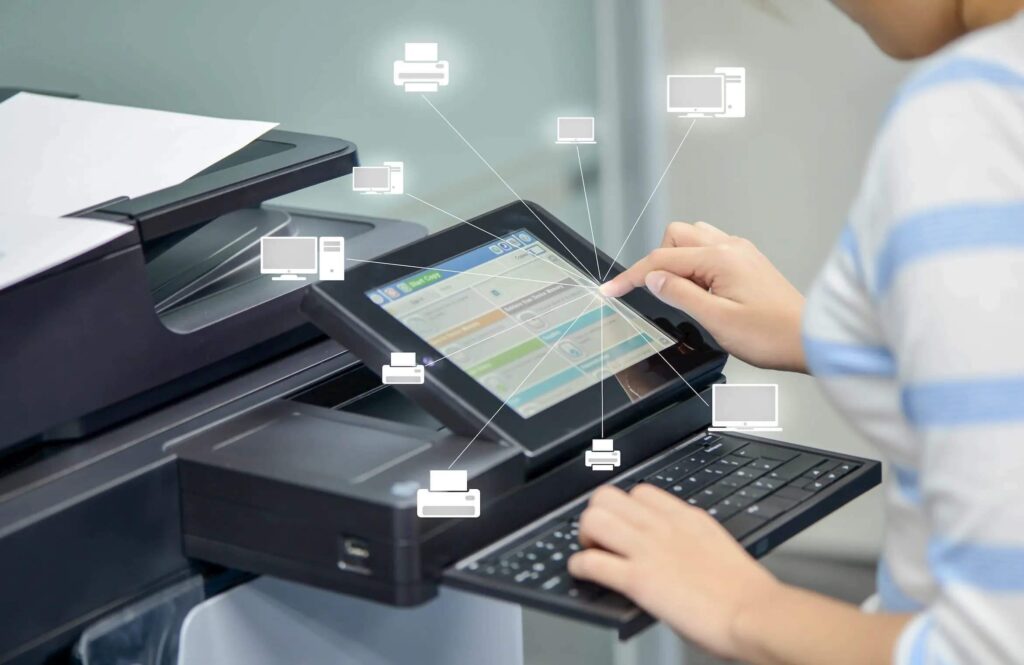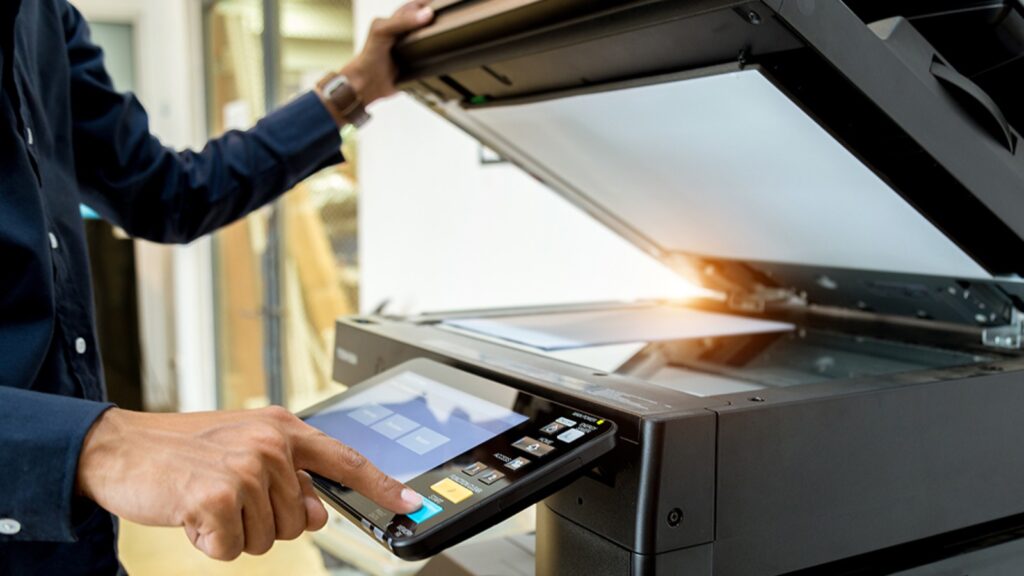
In an increasingly digital world, it might be tempting to assume that printing is becoming obsolete. But for most businesses—across industries from education and healthcare to finance and logistics—printed documents still play a vital role. The real question is not whether to print, but how to manage printing more efficiently, cost-effectively, and sustainably.
That’s where managed print services come in.
Table of Contents
What Is Managed Print?

Source: k-o-s.co.uk
A managed print service (MPS) involves outsourcing the management of your company’s printing infrastructure to a specialist provider. This includes everything from supply replenishment and maintenance to usage monitoring and device optimisation.
Instead of relying on internal staff to troubleshoot issues, order toner, or track costs, businesses can leave all of that to a dedicated partner. The result is a more streamlined, predictable, and efficient print environment.
Why Businesses Are Making the Switch
One of the biggest advantages of managed print is cost control. Traditional printing setups often involve unmonitored usage, unplanned expenses, and frequent technical disruptions. Managed print services give you transparency and consistency through fixed monthly costs and performance tracking.
Beyond the financial benefits, MPS can also reduce administrative burden. IT departments are freed from day-to-day printer issues, allowing them to focus on more strategic tasks. Meanwhile, employees benefit from fewer interruptions and more reliable access to the tools they need.
Security is another critical reason businesses are adopting managed print. Modern MPS solutions include features like secure print release, user authentication, and data encryption, helping organisations meet compliance standards and protect sensitive information.
Sustainable Printing Practices

Source: ssit.me
With growing pressure to improve environmental performance, managed print services also support sustainability goals. By monitoring print habits and eliminating wasteful practices, companies can reduce both paper usage and energy consumption. Fewer unnecessary prints and more efficient devices mean a smaller carbon footprint—without compromising productivity.
Scalability and Flexibility
Managed print is not just for large enterprises. In fact, it can be particularly valuable for small to medium-sized businesses looking to scale. Rather than investing heavily in hardware upfront, leasing through an MPS allows for flexibility as your business grows. New devices can be added, upgraded, or relocated as your needs evolve.
It’s a tailored solution that adapts with you, rather than locking you into outdated technology or inefficient processes.
Finding the Right Provider

Source: eojohnson.com
As with any outsourced service, success depends on choosing the right partner. You want a provider that understands your business, offers proactive support, and can grow alongside your organisation.
One such partner is ABS A Better Way, which provides flexible, cost-effective management print services to businesses across the UK. Their approach combines technical expertise with a people-first mindset, helping companies take control of their print environment while saving time, money, and energy.
Final Thoughts
Whether you’re printing hundreds of pages a day or only the essentials, a managed print service can simplify operations, improve security, and support long-term sustainability. It’s a practical step forward for modern businesses seeking smarter ways to work.







